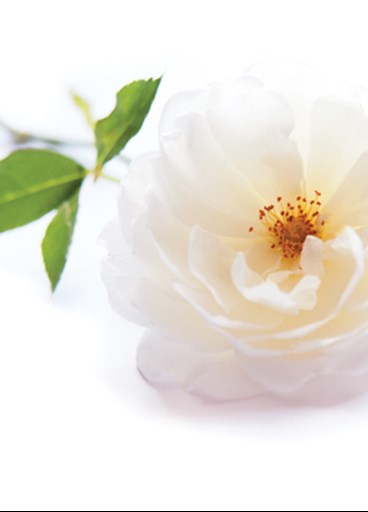Buddhist Funerals
This guide will explain what happens at a Buddhist funeral and Buddhist funeral etiquette that must be observed according to tradition.
Buddhist beliefs about death
Buddhists believe death is part of the cycle known as saṃsāra, in which a Buddhist’s actions in life and all previous incarnations of life will affect future incarnations. Although there are many forms of Buddhism, the belief that reincarnation of the soul occurs after death underpins most Buddhist funeral customs.
By freeing themselves from all desires and notions, Buddhists believe they will leave the cycle and reach the state of nirvana (Heaven).
Buddhist death rituals
According to Buddhist tradition, death should ideally happen in a calm and peaceful environment. After a death, the body of the deceased should not be touched or moved for at least four hours, as Buddhists believe the soul does not leave the body immediately after you've stopped breathing.
The body must be kept completely cold until it can be prepared for cremation - before it can be prepared, the deceased should be dressed in normal everyday clothes.
What happens at a Buddhist funeral ceremony?
A Buddhist funeral ceremony can be quite diverse. It is typically held at a Buddhist monastery, though some families prefer to do it in their own home. Most practising Buddhists are part of a community who will be able to provide a teacher to lead the service, including Buddhist funeral readings that are appropriate for the tradition of the deceased (for example, Theravada, Tibetan or Zen).
During the service, monks and other members of the Buddhist community are invited to read sermons or eulogies. According to Buddhist funeral customs, chanting may be led by monks and guests can either join in or sit silently. At this time, mourners and monks may also sing Buddhist funeral prayers which are also known as sutras. These Buddhist funeral prayers are detailed canonical scriptures that often include repetition.
What happens at a Buddhist cremation?
A Buddhist may be buried or cremated, though Buddhist funeral customs usually specify cremation as the preferred option. The cremation service usually takes place at a local crematorium, with the ashes scattered, buried or kept in an urn at home.
What to wear to a Buddhist funeral
At a traditional Buddhist funeral ceremony, the family will usually wear white or use white cloth to cover themselves. Buddhist funeral dress code often prescribes that women refrain from wearing jewellery, and that all mourners stay away from wearing red. This is because red is the Buddhist colour for joy.
While the family usually dress in white, other mourners are asked to wear dark and conservative clothing, typical of many funerals. If you’re worried about Buddhist funeral dress code, read our advice on what to wear to a funeral.
Buddhist funeral flowers
Those attending Buddhist funeral services should check beforehand if it’s appropriate to send flowers (flowers are usually sent before the service or displayed modestly). Buddhist funeral flowers are typically white, to signify mourning. Sending red flowers should be avoided.
What happens after a Buddhist funeral?
A reception may be held after a Buddhist funeral, where mourners are invited to pay their respects. This usually depends on family traditions as well as other Buddhist funeral customs. Buddhist funeral etiquette sometimes calls for holding services on the 3rd, 7th, 49th and 100th day after the person has passed, but this is at the discretion of the bereaved.
Source: Buddhist Society
Arrange a Buddhist funeral for your loved one
Your local Dignity Funeral Director can cater for any type of religious funeral and will help arrange a fitting service which reflects your loved one's beliefs and final wishes.

